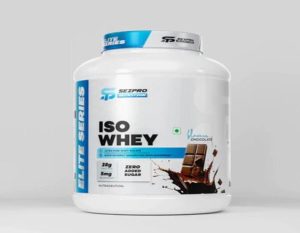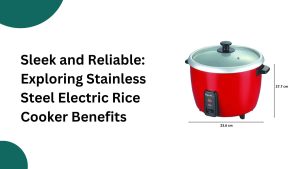
A crippling condition, muscle discomfort can interfere with everyday activities and reduce productivity. Finding respite is crucial, whether it’s from a strenuous workout, a demanding workday, or a chronic ailment. Muscle pain medicines available over-the-counter (OTC) are a handy way to get treatment without a prescription. We examine the top 10 over-the-counter muscular pain medicines in this thorough guide to help you receive the relief you require and return to feeling your best.
Knowing What Causes Muscle Pain
Gaining an understanding of the nature of muscular pain is essential before exploring the many over-the-counter solutions. Myalgia, another name for muscle pain, can result from a number of things, such as strain, injury, overexertion, or underlying medical issues. It affects movement and comfort and shows up as aching, stiffness, or soreness in the afflicted muscles.
Considerations for Selecting an Over-the-Counter Pain Reliever
There are a few things to consider while choosing an over-the-counter muscle pain medication. Important factors to take into account include adverse effects, safety, effectiveness, and convenience of usage. Individual preferences also influence which option is best for each person based on things like formulation, application technique, and duration of effect.
The Top 10 Over-the-Counter Painkillers for Muscle Soreness:
1. Acetaminophen
Acetaminophen is a popular fever reducer and pain reliever that is also marketed under the Tylenol brand. It functions by preventing the brain from producing specific molecules that indicate pain. For mild to moderate muscle pain, acetaminophen is frequently advised. It comes in a variety of forms, such as tablets, caplets, and liquid.
2. Ibuprofen
Ibuprofen is a nonsteroidal anti-inflammatory medicine (NSAID) that helps lower fever, discomfort, and inflammation. It is marketed under brand names like Advil and Motrin. It functions by preventing the synthesis of prostaglandins, which are molecules that encourage inflammation. For inflammatory muscle pain, such as that caused by strains and sprains, ibuprofen works well.
3. Naproxen
Another NSAID that is frequently used to reduce pain and inflammation is naproxen. It can be purchased over-the-counter under names like Aleve. Long-lasting comfort is offered by naproxen, which is especially helpful for muscle pain brought on by overuse or repeated action.
4. Aspirin
For many years, aspirin—another NSAID—has been used to treat fever, lessen inflammation, and ease pain. It functions by preventing prostaglandins from being produced. Although aspirin can relieve muscle discomfort, it should be used carefully because it may cause stomach irritation and raise the risk of bleeding.
5. Topical Pain Relievers
Topical analgesics numb the skin and underlying tissues to provide localized comfort. Examples of these products include lotions, gels, and patches. They frequently include substances that provide a warming or cold feeling to numb pain, such as menthol, camphor, or capsaicin. Topical analgesics are generally well-tolerated and offer focused pain relief for muscles.
Pain O Soma 500Mg is a prescription medicine that treats muscle pain in the most effective manner.It also treats skeletal condition in the adults. The medicine should be taken only by a Doctor’s advise.
6. Relaxants for the muscles
Medication known as muscle relaxants aid in lowering muscle spasms and enhancing range of motion. Certain mild versions are accessible over-the-counter, although they are usually only available with a prescription. These drugs function by inhibiting spinal cord and brain neuron activity. Muscle pain brought on by tension or spasms can be helped by muscle relaxants.
7. Arnica
The Arnica montana plant is the source of the natural medicine Arnica. It comes in a variety of forms, such as ointments, gels, and creams. Arnica is frequently applied topically to treat bruises and muscular soreness since it is thought to have anti-inflammatory and pain-relieving qualities.
8. Magnesium
It is offered in topical formulations as magnesium oil or spray as well as oral supplements.
9. The Use of Heat
The application of heat therapy, such as warm compresses or heating pads, can aid in pain relief and muscle relaxation. By increasing blood flow to the injured area, applying heat helps the area heal and becomes less stiff. For the treatment of muscle discomfort resulting from stress or stiffness, heat therapy works especially well.
10. Use of Cold Therapy
Ice packs and cold compresses are examples of cold treatment that can be used to reduce inflammation and numb pain. Because cold causes blood vessels to contract, less blood flows to the affected area, resulting in less edema. For both acute muscular injury and discomfort following activity, cold treatment works best.
In summary
Relieving muscle pain is crucial to preserving comfort and range of motion. Because there are so many over-the-counter choices available, it’s critical to select the best muscle pain medication for your needs and tastes. There are many choices to consider, including as topical analgesics like menthol cream or NSAIDs like ibuprofen. If you are worried about drug interactions or have any underlying medical conditions, get expert advice. Muscle pain doesn’t have to stop you from doing the activities you love when you take the proper approach to getting relief.






